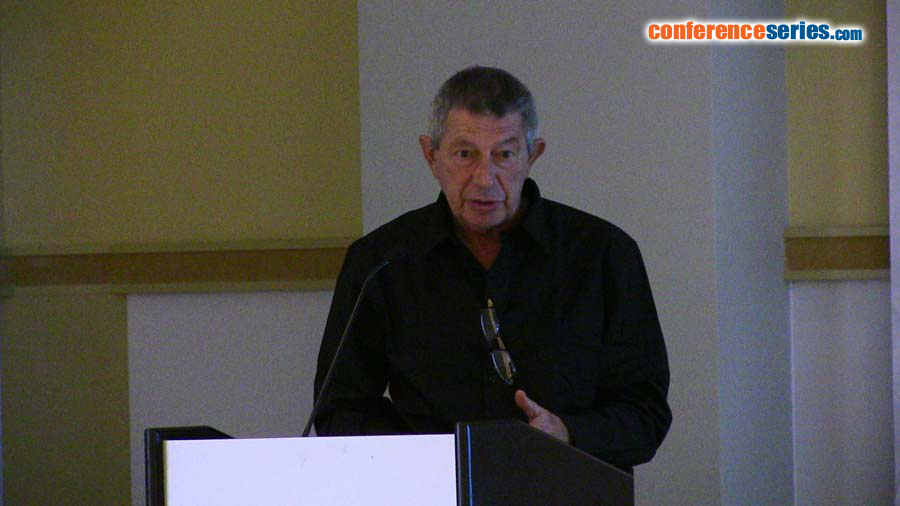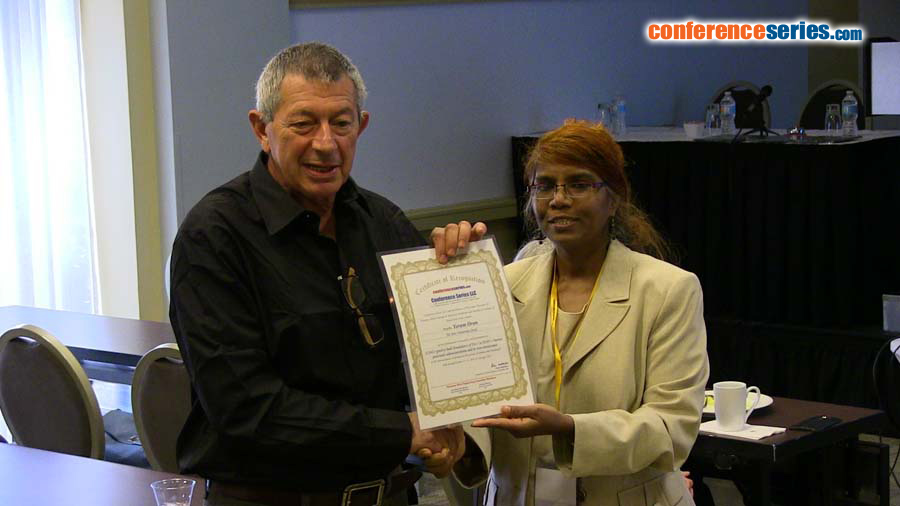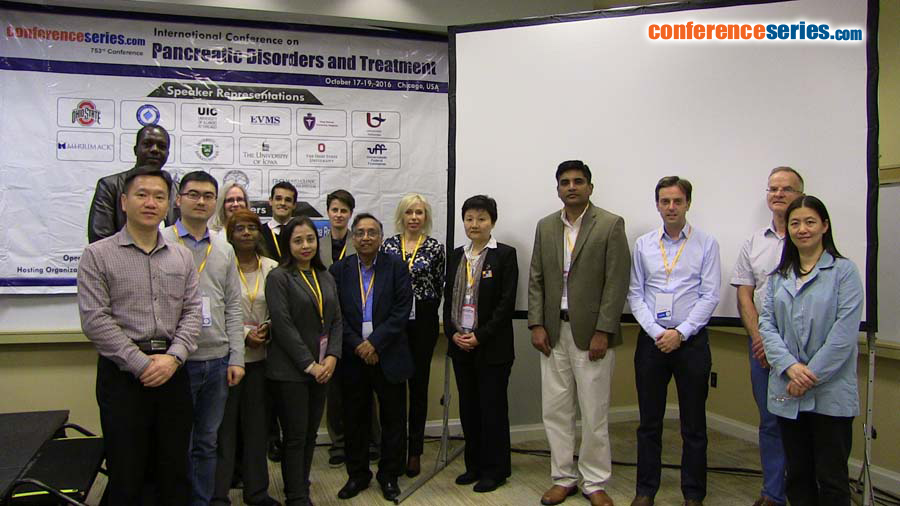
Yoram Oron
Tel Aviv University Sackler Faculty of Medicine, Israel
Title: Is PAI-1 good or bad? - Knockdown of PAI-1 in PANC-1 human pancreatic adenocarcinoma and in vitro invasiveness
Biography
Biography: Yoram Oron
Abstract
It is generally accepted that overexpression of Plaminogen Activator Inhibitor 1 (PAI-1) correlates with worse prognosis and more invasive phenotype of many cancers, including Pancreatic Adenocarcinoma (PAC). We down-regulated PAI-1 expression in PANC-1 cells via shRNA knockdown (KD). The down-regulated variant (PD-PANC) exhibited neural morphological traits vs. cuboidal morphology of WT PANC-1s or vector-transfected cells. RT-PCR demonstrated that KD of PAI-1 leads to decreased expression of mesenchymal markers transcripts concurrently with increased expression of epithelial and neural transcripts, suggesting partial mesenchymal-to-epithelial transition. Importantly, PD-PANC1s expressed markedly more E-cadherin in a larger proportion of cells, whereas TUBB3 was expressed predominantly in cells with neural morphology. Yet, despite this apparent more epithelial phenotype, PD-PANC-1s exhibited more invasive behavior in vitro. Although the invading cells expressed more PAI-1 and less E-cadherin transcripts than non-invaders, it could not explain the observed increase in invasiveness . Using fluorescent supravital staining in a mixed vector/PD-PANC-1 population, we demonstrated that cells that down-regulated PAI-1 created environment promoting invasion of the few cells expressing high PAI-1 level. We previously reported that PD-PANCs exhibit higher uPA activity and continuously convert plasminogen to plasmin, which have been shown to activate matrix matalloproteinases. Indeed, inclusion of plasminogen enhanced invasion of PD-PANC-1s. In conclusion, our results suggest that fine balancing of different activities rather than extensive ablation of the “offending” PAI-1 protein maybe a better strategy in maintaining a less aggressive PAC phenotype.



